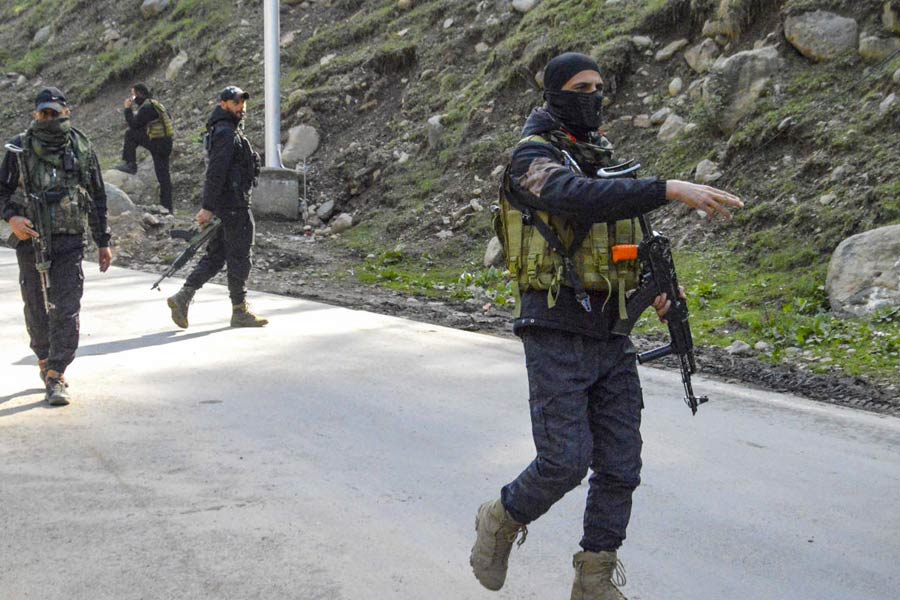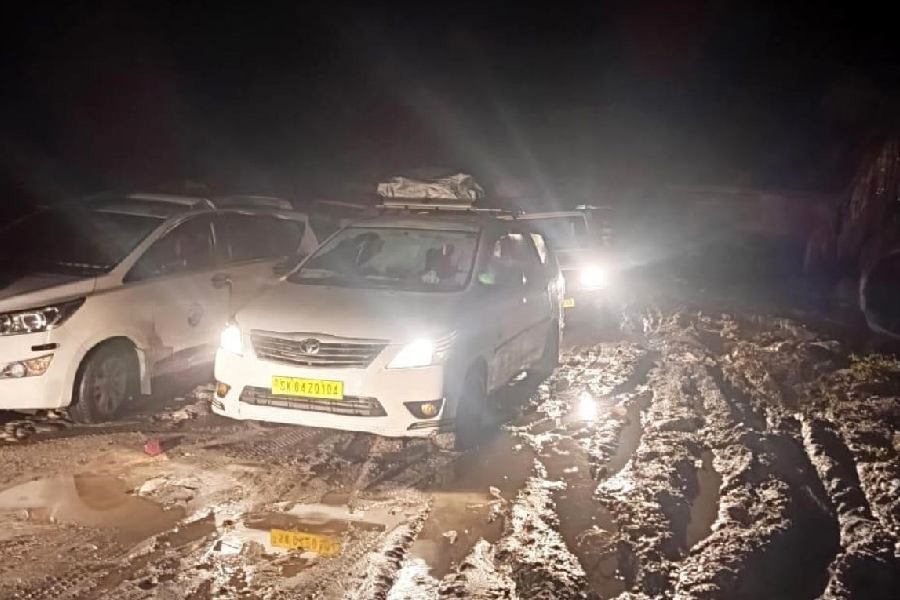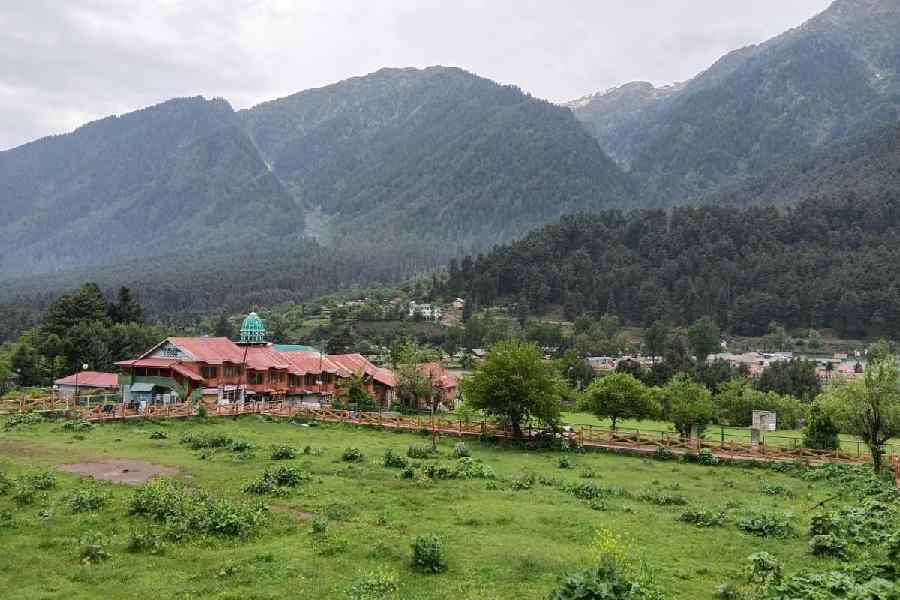 |
| The rock engraving in Gumla. Telegraph picture |
Ranchi, Sept. 21: A team of tribal youths have stumbled across a hitherto undiscovered rock art site at Patatangar village in Gumla.
The team claims that the art at that site is more primitive than even the Isko rock art in Napokhurd village in Hazaribagh district.
The group — which includes Sunil Kesharia and Father Sibil Horo from Animation Rural Outreach Service (AROUSE), Gumla; Ranchi-based stone sculptor Dilip Toppo, Sirat Kchchap, Julius Kullu, Sanjay Tirkey and Anup Tigga — has taken pictures of the rock art.
It has also intimated about its findings to the state archaeology department and requested it to study the site and come out with more “facts” about it. “If the authenticity is established, it would certainly be a new rock art site in Jharkhand,” said Harendra P. Sinha, the deputy director of the state archaeological department.
“We would soon be heading for the site with a team of experts and study the rock arts there,” he added.
However, the study of archaeological sites is a long process and final word on Patatangar — which in local language means “flat stone” — could be pronounced only after the process is complete, he added.
According to records, Isko art in Hazaribagh are said to be the oldest rock art in Jharkhand.
The team members told The Telegraph that the villagers of Patatangar called the site Likhalata — “likha” in Kharia language means “something written” and “lata” means “cave” — and knew about it for long, but kept it as a “holy secret”.
“They still revere Likhalata cave as a cultural heritage inherited from their ancestors,” said Sirat Kachchap.
“The engraving on a huge rock of about 20sqft, has the forms of human beings and animals and they are very simple. Some forms also show that human beings sitting on animal back,” said Sunil Keshrai, a functionary of AROUSE, said.
There are also forms of the Sun, thereby suggesting that the community that lived there worshipped the nature.
Kesharia claimed that as the forms are very simple, the Patatangar rock art is likely to be older that the Isko rock art.
The AROUSE team, which is going around the state with a purpose to search ancient heritage of tribals, came across Patatangar site quite suddenly.
Interestingly, it was Julius Kullu, a team member, who “guided” the group to the site. Kullu had spent his childhood in Patatangar and visited the cave a few times as a child.










